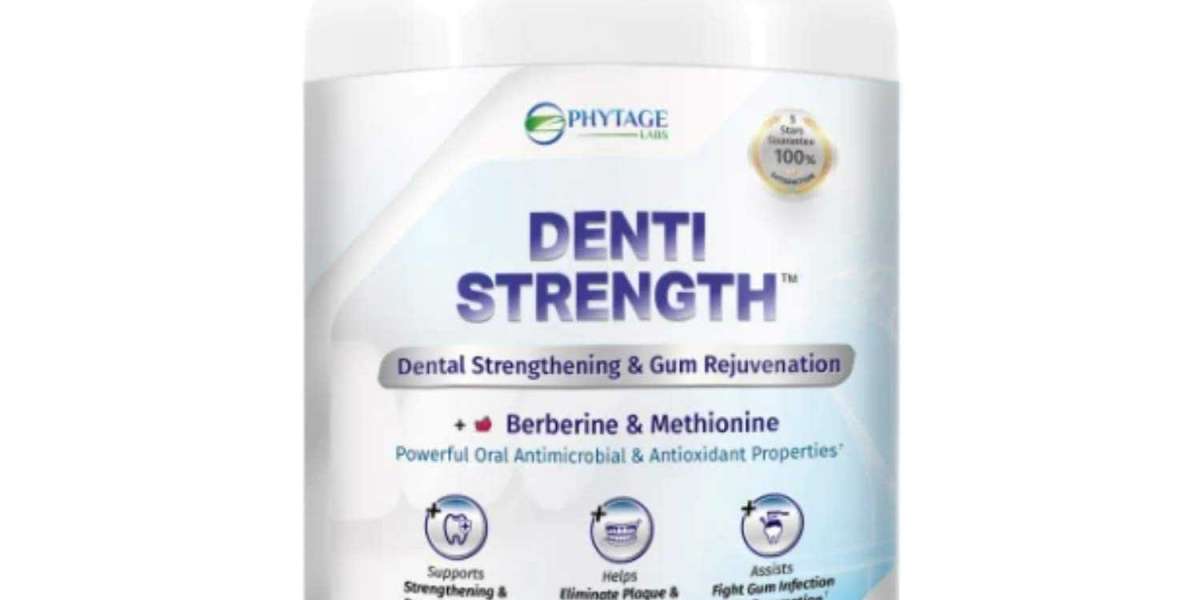The efficiency of oil pump motor systems is a key factor in both operational performance and energy consumption in industrial applications. High-efficiency motors reduce power loss, minimize heat generation, and extend the service life of equipment while also lowering operating costs. Traditional oil pump motors often face challenges such as friction in moving parts, electrical losses, and mechanical resistance in the pump system. These factors can reduce the overall efficiency, resulting in higher energy usage and increased wear on components. As a result, evaluating motor efficiency and integrating energy-saving designs has become a priority for manufacturers and operators alike.
Modern oil pump motors incorporate several design elements aimed at improving efficiency. Optimized rotor-stator configurations, precision-engineered bearings, and low-friction materials contribute to smoother operation and lower energy loss. In addition, advanced winding techniques and high-quality insulation reduce electrical resistance, allowing more power to be converted into mechanical output rather than dissipated as heat. The use of permanent magnets or improved electromagnetic designs in certain motor types can further enhance energy conversion efficiency, making them well-suited for continuous or high-demand industrial processes.
Energy-saving strategies are not limited to internal motor design but also include operational controls. Variable speed drives (VSDs) or frequency inverters allow precise adjustment of motor speed and torque according to demand, preventing unnecessary energy consumption when full power is not required. These devices can optimize flow rates in the pump system while maintaining stable pressure, reducing overall system load and energy costs. In addition, sensors and automated control systems can monitor performance in real time, enabling adaptive operation that responds to changes in demand or fluid viscosity without compromising efficiency.
Maintenance practices also play a crucial role in sustaining energy efficiency. Worn bearings, misaligned shafts, and insufficient lubrication increase friction and electrical load, decreasing motor efficiency. Routine inspections, proper alignment, and regular lubrication help maintain optimal performance over time. Cleaning cooling channels and ensuring ventilation systems are unobstructed also reduces overheating and prevents energy losses associated with elevated operating temperatures. These measures, combined with well-planned installation and load management, maximize the effectiveness of energy-saving designs in oil pump motors.
Environmental considerations can further influence efficiency. High-viscosity fluids, temperature fluctuations, and excessive operational loads can increase energy demand. Selecting a motor that is appropriately rated for the specific working conditions ensures that efficiency gains from design innovations are realized in practice. Moreover, integrating motors with system-wide energy management strategies, such as using pumps only when required and employing energy recovery techniques, further enhances savings while maintaining reliable operation.
In conclusion, the efficiency of oil pump motors depends on both inherent design features and operational practices. High-quality components, optimized electromagnetic and mechanical design, variable speed control, and proper maintenance collectively improve performance while reducing energy consumption. Energy-saving designs, combined with careful selection and system management, enable oil pump motors to operate effectively, cost-efficiently, and sustainably in demanding industrial environments.
Current Type: DC
Motor Type: Permanent magnet brushed motor
Applicable Products: Hydraulic pump, Hydraulic system
Used for Forklifts, lifting platforms, tail lifts, and medical beds






